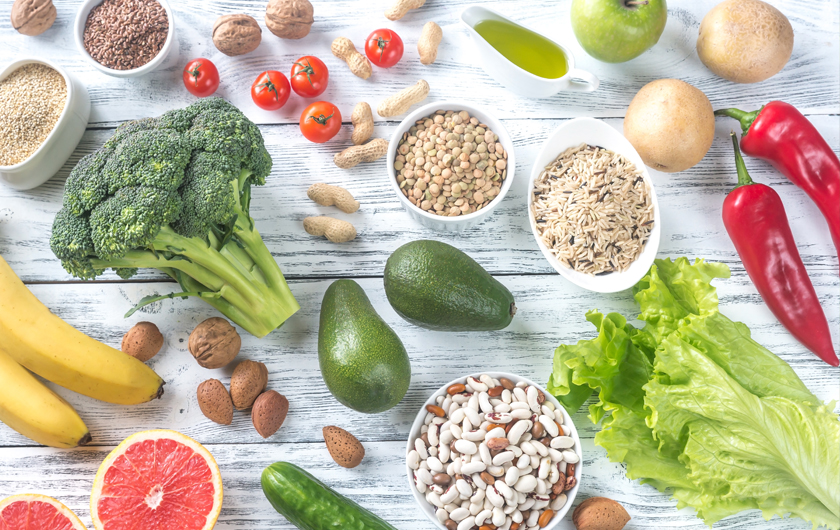By Lola Augustine Brown Image: Health Canada.
A new version of Canada’s Food Guide is on the way—you should be pondering its recommendations sometime in early 2018.
Doctors, dieticians, teachers, and parents have looked to the 75-year-old Guide, last revised 10 years ago, for advice on what and how much to eat each day. Telling people what to eat is always tricky, and the revised Guide is bound to rock a few boats as it tells people to move towards a more plant-based diet, putting reduced emphasis on dairy and meat.
As news of the revision has spread, so have varying reports of what will be, might be, and should be in the new Guide. The four food groups we grew up with may disappear—one report had dairy being taken out entirely—but nothing’s been confirmed. Early signals from Health Canada are that the Guide will stress “vegetables, fruits, whole grains, and protein-rich foods—especially plant-based sources of protein” (as opposed to animal-based sources of protein). The Guide is also expected to caution against “processed foods” high in sodium, sugar, and saturated fat.
The Guide has been criticized in recent years for being outdated, partly because it doesn’t take into account the increasing cultural diversity of the Canadian diet. The new Guide will reportedly focus not only on what to eat, but also on what not to eat and how to eat, emphasizing, for example, the importance of cooking at home—from scratch—and of eating with others—slowly. It will also consider “environmental impact” and sustainability (“diets higher in plant-based foods and lower in animal-based foods are associated with a lesser environmental impact, when compared to current diets high in sodium, sugars, and saturated fat”) and the many cultures and traditions—including Indigenous—that help make up the Canadian menu.




